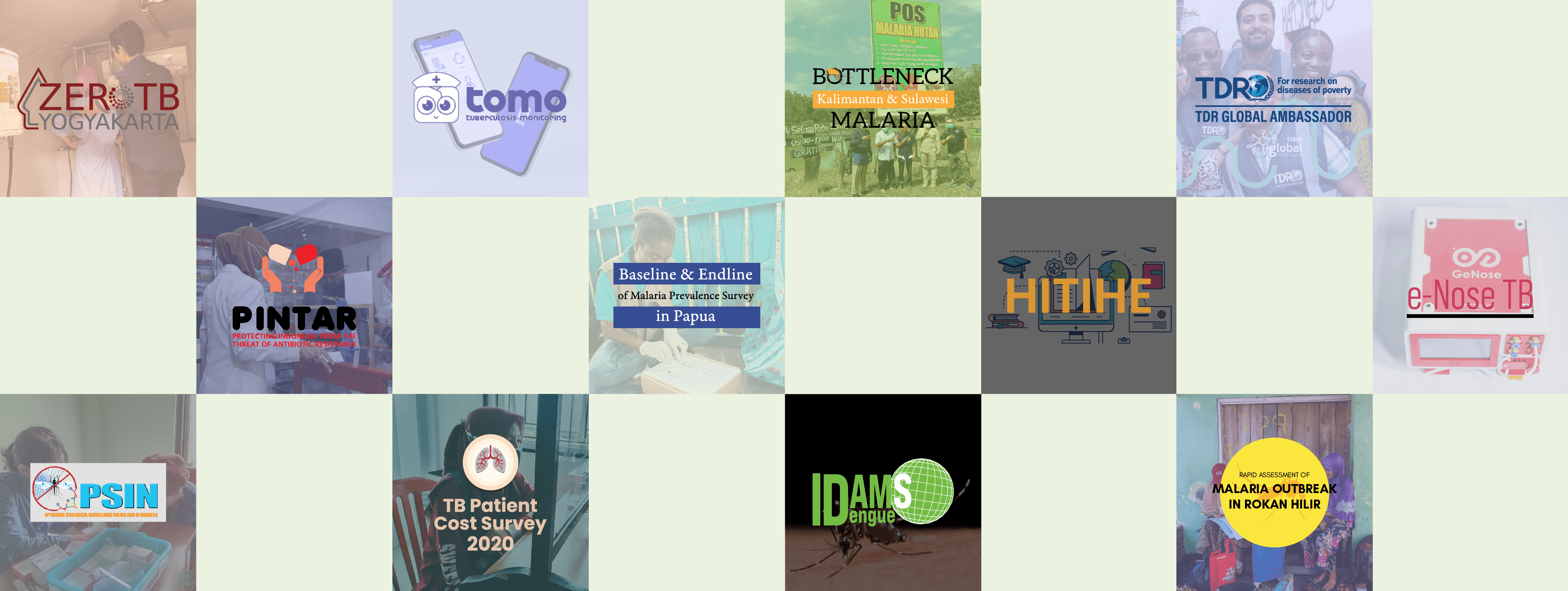Project Description
Keerom
Malaria Free Indonesia in 2030. A goal that becomes our collective challenge to eliminate diseases caused by Plasmodium parasites that have claimed many lives every year. Uncontrolled malaria cases have made Indonesia the country with the second most malaria cases in Asia after India in 2019. Tanah Papua is one of the endemic areas with high incidence and mortality from malaria for years.
Currently, the high reported incidence of malaria is derived from the number of visits of malaria patients to health facilities. In fact, some people can be carriers or carriers of malaria and show no symptoms. In addition, various limited access, socio-economic conditions, and community awareness and behaviour to seek treatment are also obstacles in bringing people affected by malaria to health facilities. This means that the number of reported cases of malaria cannot yet show the actual number of cases of malaria. Case finding is an essential part of eliminating malaria because then case findings can be followed up with appropriate treatment.
For this reason, the Center for Tropical Medicine (PKT) UGM, together with UNICEF, conducted a malaria prevalence survey as basic data in developing a better malaria control strategy for the Keerom Regency area with high malaria transmission in Papua. A total of 1086 Keerom residents from 479 households in 9 sub-districts and 29 villages participated in this study. Identification of malaria was then carried out by examination of microscopic blood smears, Rapid Diagnostic Test (RDT), and Molecular Polymerase Chain Reaction (PCR) tests.

